Hyundai Palisade SUV Debuts Next-Gen Hybrid System with 45% Efficiency Boost, 19% More Power
The next-generation hybrid system packs convenient features from Hyundai's EVs, like Stay Mode, Vehicle-to-Load (V2L) capability, and Smart Regenerative Braking.
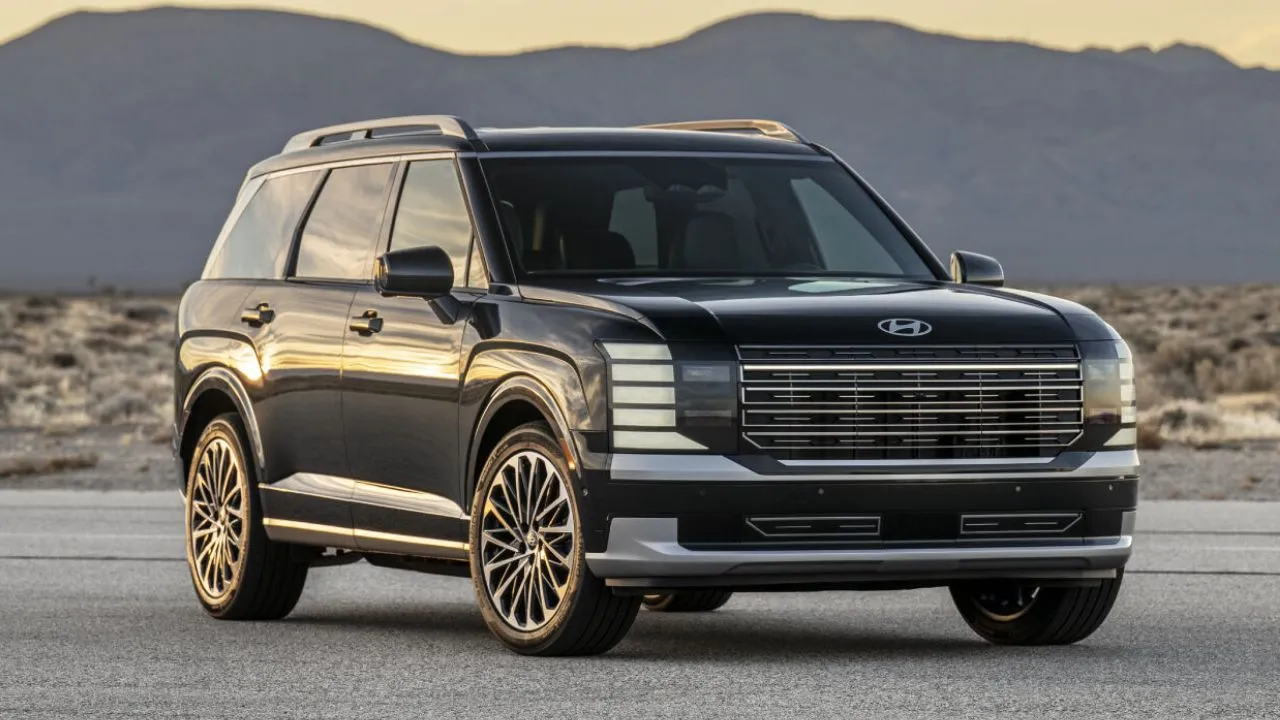
Hyundai Motor Group has taken the wraps off its newly developed hybrid powertrain system that aims to enhance the efficiency and performance of its future products in the segment. The new hybrid system, which debuted globally in the Palisade, focuses on improved drivability, fuel economy, and flexible design, using two electric motors (P1 and P2) with specific roles. The P1 motor manages starting, battery energy, and assists propulsion. The P2 motor, on the other hand, takes charge of direct vehicle propulsion and energy recovery through regenerative braking. This integrated dual-motor system improves vehicle dynamics with more power, better performance, and increased fuel efficiency. It also facilitates seamless gear transitions and reduces noise and vibration for a quieter and more refined driving experience.
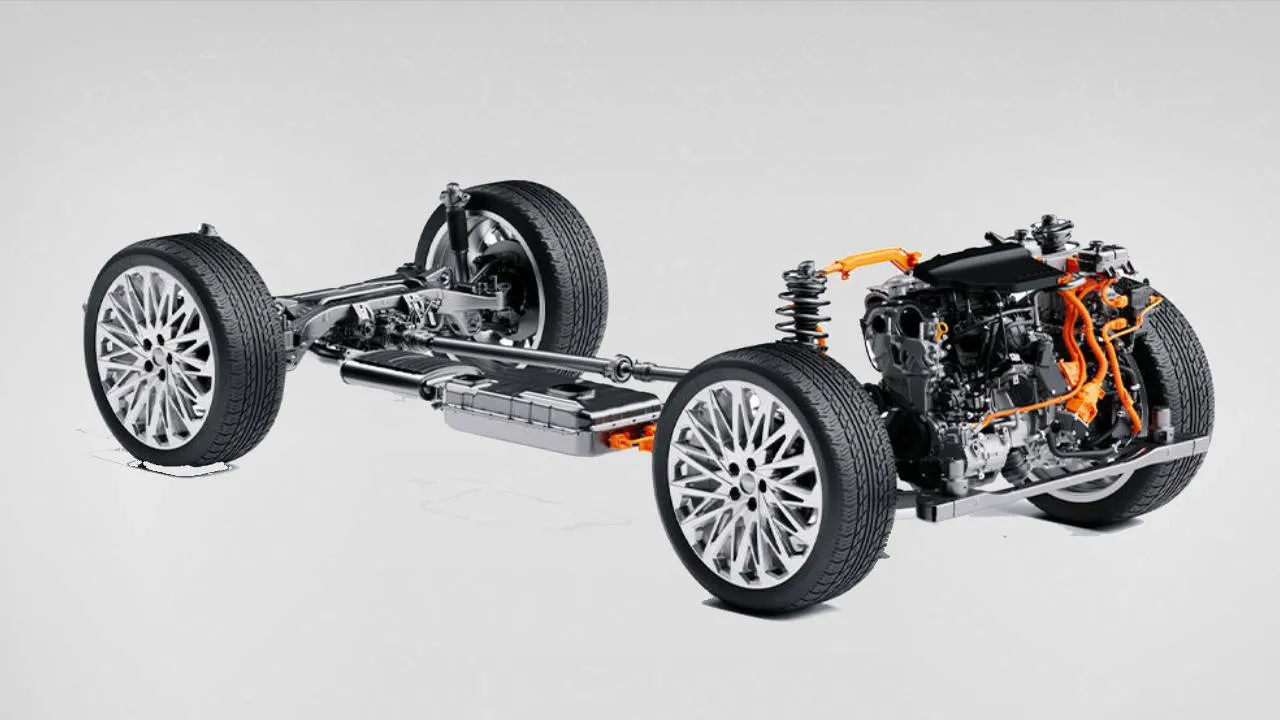
Hyundai Next-Gen Hybrid System: What’s More?
Hyundai says that the new dual-motor hybrid system is engineered for seamless integration with the brand’s existing lineup of internal combustion engines, removing the necessity for developing new engine platforms. This adaptable setup is expected to offer a wide power output range—from around 98.6bhp to nearly 295.8bhp—based on the engine it’s paired with. Thanks to this flexibility, the hybrid system can be deployed across various vehicle categories, from nimble subcompacts to full-size models, making it a highly scalable and efficient solution tailored to different performance and efficiency demands.
Also Read: World Car Awards 2025: Hyundai Inster, Casper Named Electric Vehicle of the Year
The new hybrid powertrain will employ a new 2.5-litre turbo petrol hybrid engine, offering superior design and control technology over its standard counterpart (existing 2.5-litre turbo petrol unit). The system reduces power losses by using the P1 motor for engine starting and energy generation. At the same time, it boosts fuel efficiency through a more efficient combustion cycle and improved cylinder airflow.
Instead of the standard four-stroke process, Hyundai's 2.5 turbo hybrid uses an over-expansion cycle for greater efficiency. By delaying the intake valve closure during compression, it lowers the effective compression ratio but maintains a high expansion ratio during combustion. This reduces compression work and maximizes power from combustion. Engine efficiency is further improved by an enhanced piston design and a much broader triple fuel injection range, leading to faster, more stable, and knock-free combustion.
The new 2.5-litre turbo petrol hybrid in the Hyundai Palisade offers around 329bhp and 460Nm – a substantial 19% power and 9% torque increase over its non-hybrid counterpart. Hyundai is also working on a 1.6-litre turbo petrol hybrid for mid-range SUVs, promising 4% better fuel economy and increased torque to 380Nm.
Other Highlights
Hyundai is set to push its boundaries by incorporating a range of groundbreaking features into its upcoming models. A key highlight is the new e-AWD system, which uses a rear-axle-mounted P4 motor to deliver precise all-wheel-drive performance with an electric edge. This is complemented by the e-VMC 2.0, which fine-tunes torque distribution between the front and rear motors, improving both ride stability and overall handling. Other highlights include: e-Handling 2.0, designed to reduce body roll for enhanced cornering; e-EHA 2.0, which assists with evasive steering during potential collisions; and e-Ride 2.0, aimed at reducing vertical movements for a smoother and more comfortable ride.
Also Read: New Hyundai Venue Spotted Testing Overseas Ahead of Global Debut
The 2026 Palisade SUV made its debut with a new hybrid heart at the New York Auto Show. This new powertrain pairs a turbocharged 2.5-litre engine with a dual electric motor setup, unleashing a combined 329bhp, promising both robust performance and an impressive total driving range stretching to 1,000 kilometres.






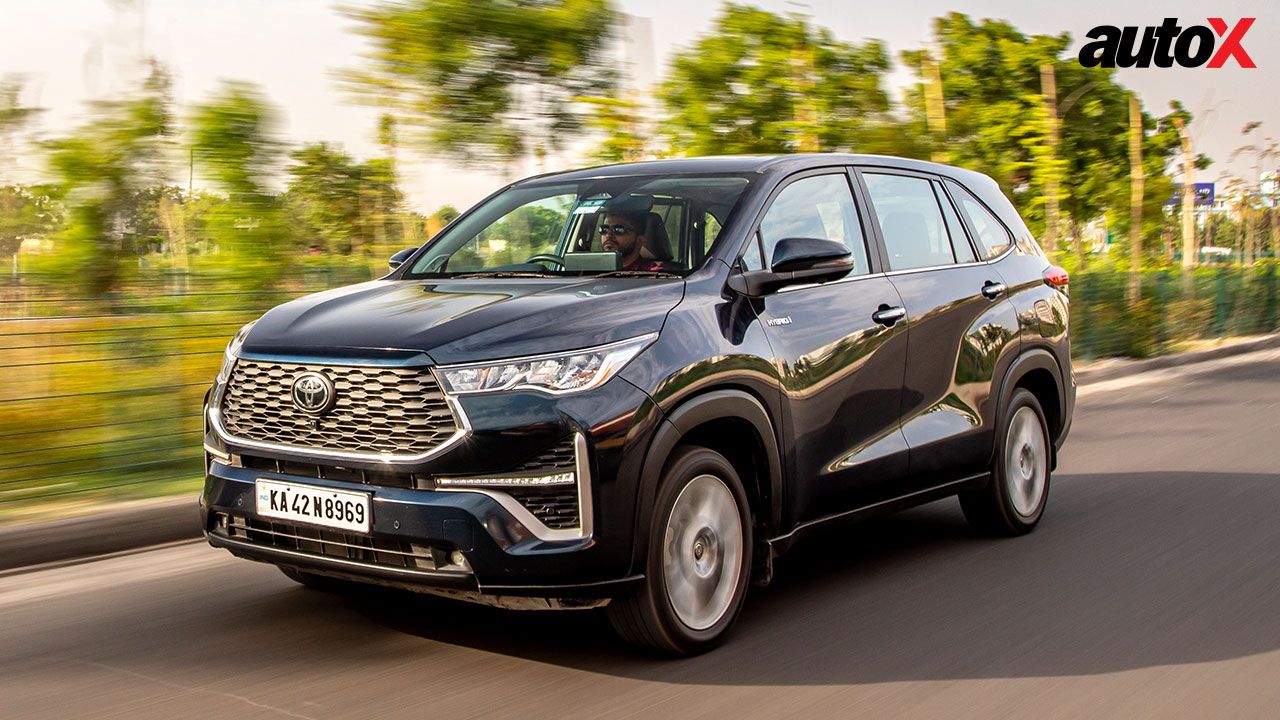
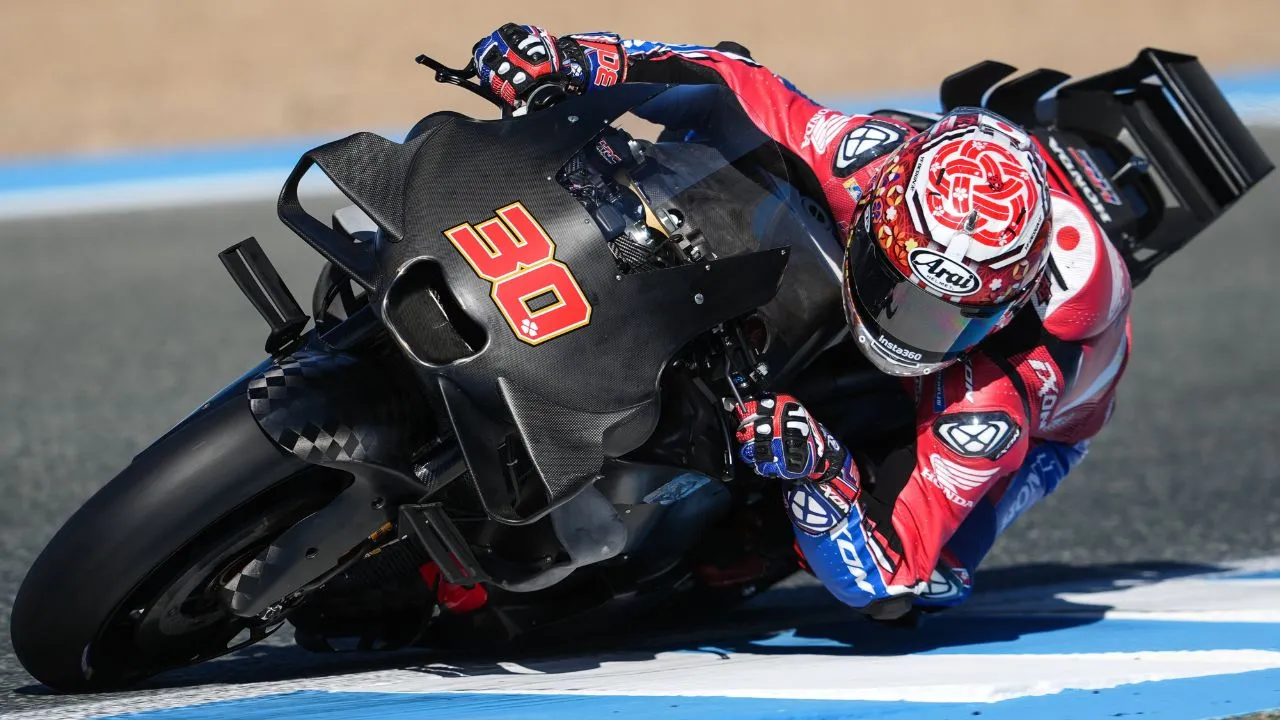

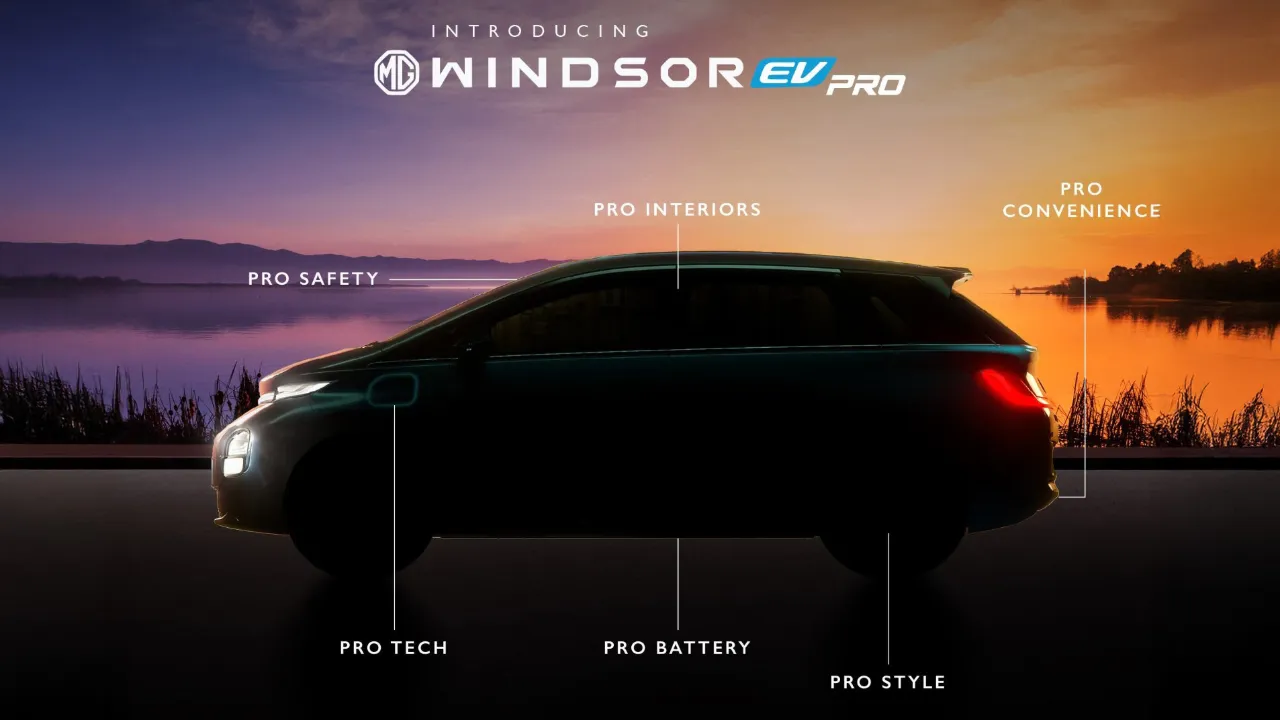
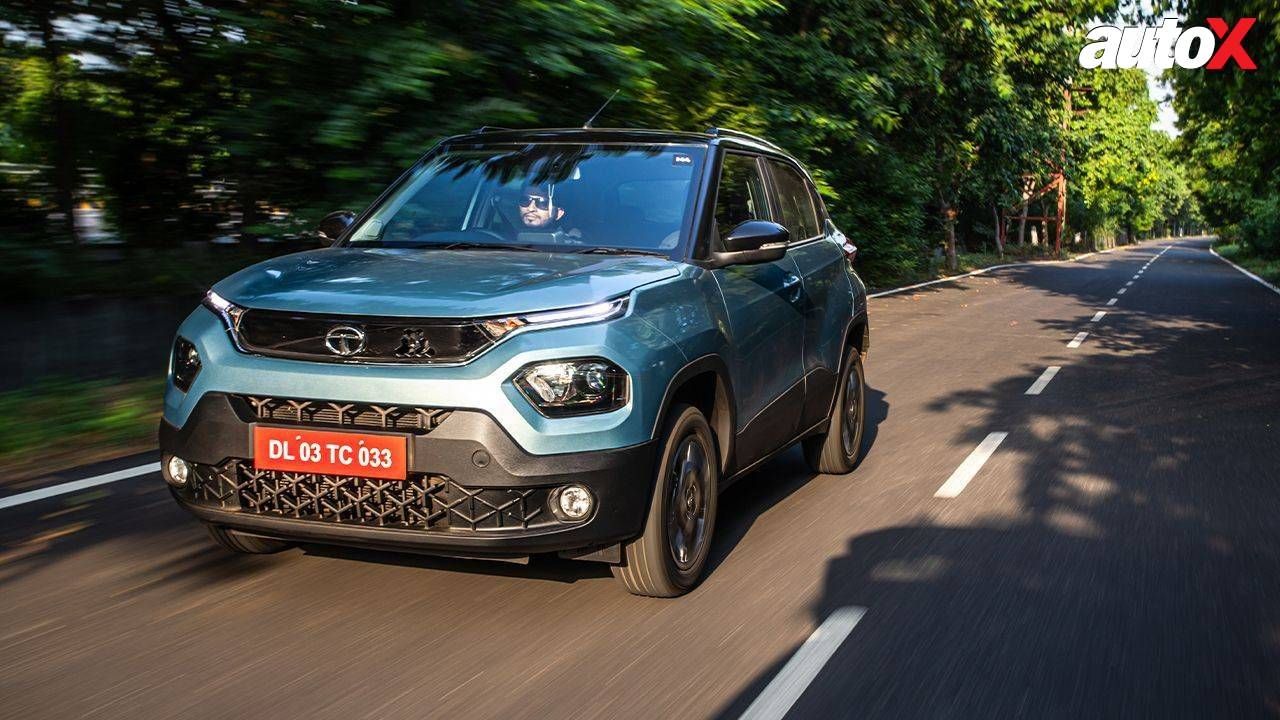

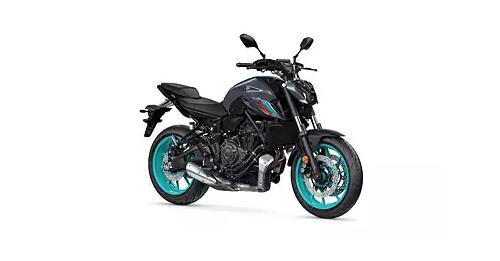

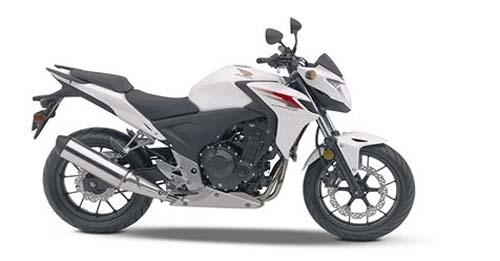
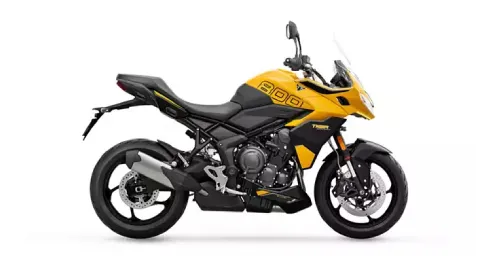









Write your Comment on